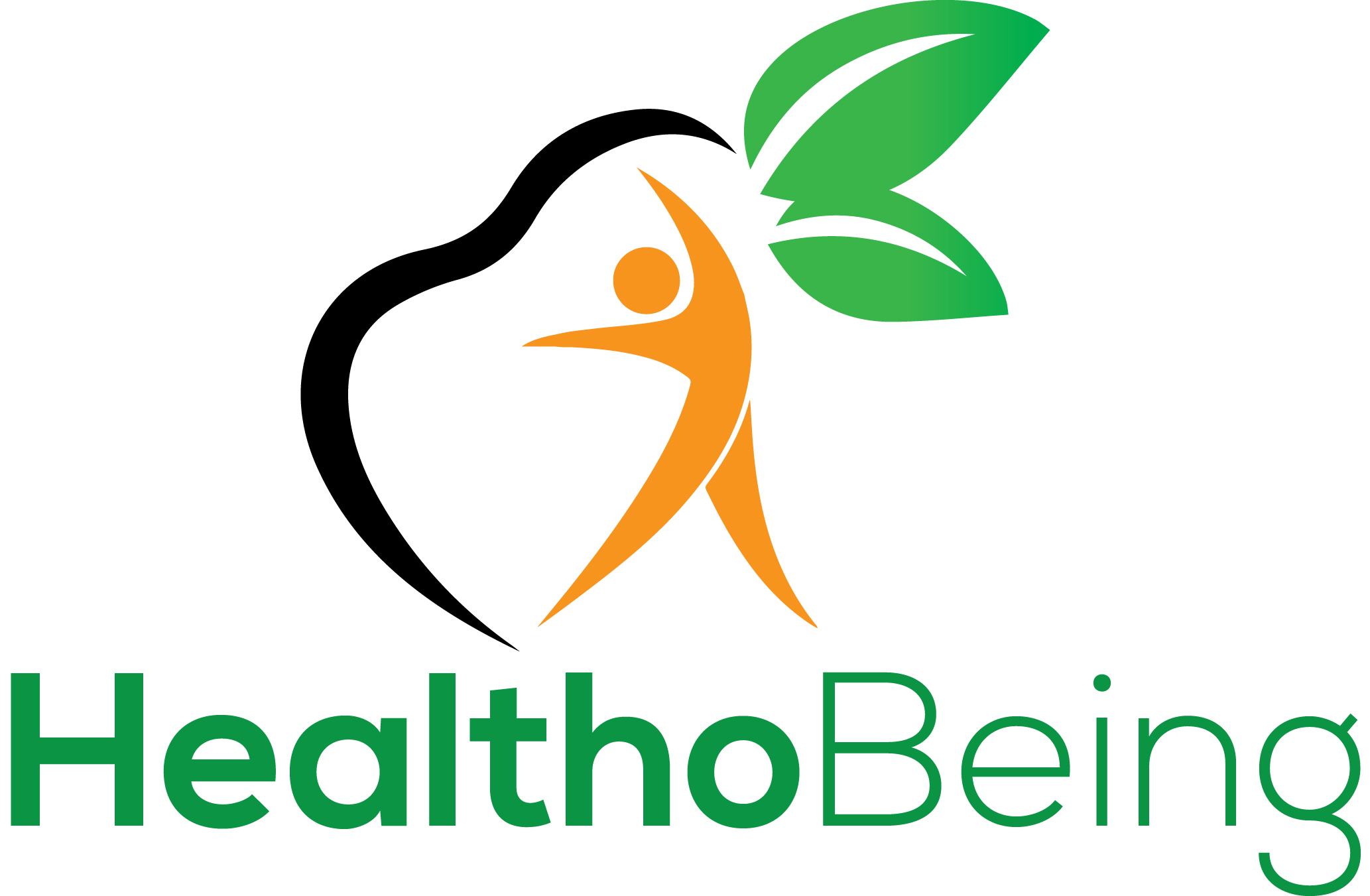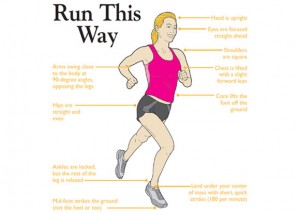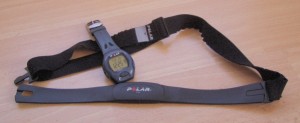Running is not everyone’s cup of tea. However, running is an effective way to lose weight and also maintain good cardiac health. It is also an easy sport that does not require much investment. To speak the truth, if running is really a sport too harsh for you, do try to at least jog to keep fit.
If you are serious about running as a regular sport or habit, then there are a few things that you need to look out for, this is especially so if you have some pre medical conditions to deal with. This is especially so for people who have respiratory, heart, bones and joint problem. Running is quite a high impact sports, and doing it long term without pre and post exercise care can cause some injuries to your joints and legs. Also the running form and the way your legs land is very important. Everyone’s body is different and thus the running style is also very different. The basis of a good running form is as follow
Running form
- Maintain a short, quick stride.You should keep your stride short and light, do not try to lengthen your stride; avoid reaching forward with your foot, this can cause over striding which can result in possible injuries to your foot.
- Keep your knee in line. Knee injury also occurs when you stride in front of your knee. This will cause strain to the knee. It does not matter if your heel or forefoot land first. This is especially important when running downhill.
- Push up and off. Focus on pushing up and off the ground behind you when you are striding.
- Watch your elbows.Keep your elbows bent at 90 degrees or less.
- Relax your hands. Keep hands loose and below your chest. Make sure your hands don’t cross your midline and your hands don’t punch forward, both of which can throw off your gait. Pay careful attention to this when you’re carrying something like a music player or a dog leash. Switch hands halfway through the workout if possible. Try not to hold too many things while you are running so that you can grab support if you happen to hit something and fall.
- Work your core. When starting a running program, it is also a great time to start working on your core strength, particularly your glutes and abdominal muscles. A strong core makes it easier to stay upright—even when you’re tired—and avoid leaning too far forward from your hip, which can lead to injury.
- Always keep an upright posture. It is also important that you keep your posture up right and look in front when you run, do not keep looking down on the ground. Especially important is that you do not slouch. Slouching will become a habit and very soon all the problems related to you legs will come back. You will also have problems with a curved spine if you run prolonged in a slouch position.
Warming up and Cooling Down
Warming up and cooling down are very important for running. This is also the steps that many seasoned runners skip in order to save time. To make sure that you do not injure yourself while running, you need to at least do some static stretching like body rotations, or simple yoga poses like the warrior or triangle pose before your start your run. Do jog on the spot for at least a few minutes before you start your miles training. This can help to keep your body warm and ready for the distances that you will be covering.
Running Attire
Actually running is a relatively cheap sport, if you do not start to get all excited and absorbed into buying all the accessories that the market has to offer these days. I would highly recommend that instead of spending money on heart rate monitors, GPS watches, hydration belts etc. As a starter, you should invest in one good pair of shoes and socks. Knowing your running style and getting a pair of shoes to fit this running style is more important as it can save you from possible injuries in the future and having to pay even more to cure them. Light weight, sweat absorbing attire are the next.
You do not have to rush into buying the GPS watches and heart rate monitor if you have a handphone with you. There are many applications that actually help to you track the distances that does not require a huge sum of money to purchase and might even come free. Here are some of the examples:
1. Instant Heart Rate- Android Apps on Google Play: This App is easy to use and instantly tracks your heart rate.
2. Runtastic Heart Rate Monitor- This app is free and you do not need to have a strap on heart rate monitor. The instructions etc are also very easy to understand.
Do not be too eager to get so many equipment as chances are, some of them might not even be relevant to you. You need to test out the items and finally decide what works and not work for you.


